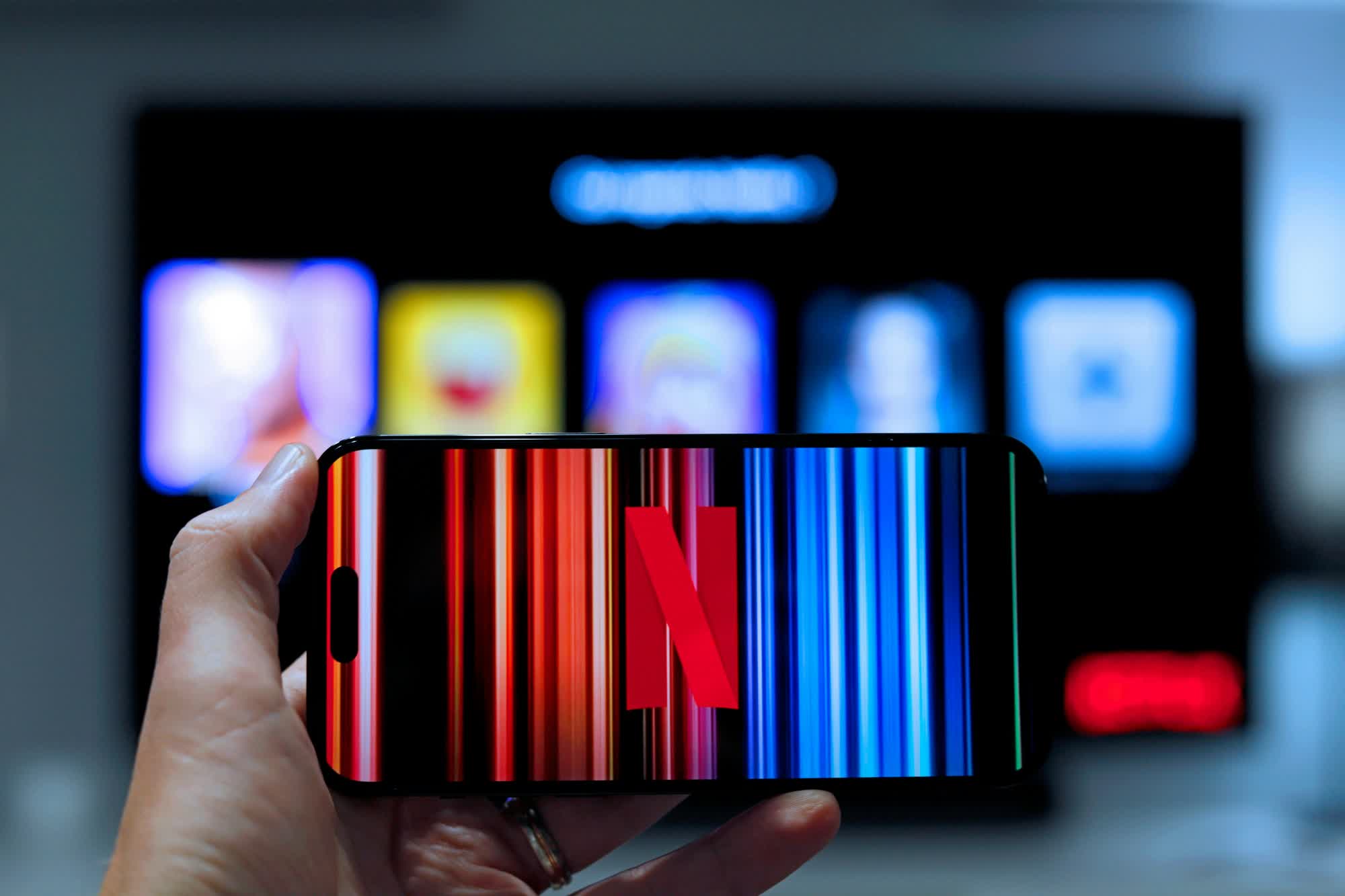In brief: Netflix accounted for more than 80 percent of the most-watched shows in streaming in 2021, but that figure has since fallen closer to 50 percent thanks to an influx of rival services all competing for the same customers.

According to Nielsen data recently shared by Bloomberg, Netflix was once one of three major streaming services available; now, they're among a field of seven or eight top-tier players capable of putting out AAA-quality original content.
Among the top 10 most popular streaming shows so far this year, Netflix accounted for four of them. Squid Game, The Night Agent, and Ginny & Georgia ranked first, third, and fourth, respectively. You garnered ninth place honors. Paramount Plus was the only other streaming service with more than one program in the top 10. 1923 ranked sixth and Landman came in 10th place.
The 10 most popular streaming shows (Nielsen)
| Program | Platform | Millions of minutes |
|---|---|---|
| Squid Game | Netflix | 15,074 |
| Reacher | Prime Video | 13,313 |
| The Night Agent | Netflix | 12,219 |
| Ginny & Georgia | Netflix | 10,201 |
| Severance | Apple TV+ | 9,275 |
| 1923 | Paramount+ | 8,536 |
| The Pitt | Max | 8,227 |
| The Handmaid's Tale | Hulu | 8,165 |
| You | Netflix | 8,097 |
| Landman | Paramount+ | 7,826 |
Amazon, Apple, Max, and Hulu each had one entry in the top 10. Max probably should have had at least two other shows – The Last of Us and White Lotus – but Nielsen classified them as acquired content because they originally debuted on HBO's linear network – thus, not a streaming exclusive. Peacock and Disney Plus failed to get a title into the top 10, even with the latter's Andor doing very well.
Despite the growing competition, Netflix has been able to maintain its position as top dog thanks in part to a large user base and the firm's willingness to spend big on new content. But it's not just paid competitors that Netflix and others have to worry about these days.
The amount of time people spend watching free streaming services like YouTube and Roku is catching up to paid watching, and the gap is closing quick. Another closely-watched category – acquired content, or reruns – is dominated by Hulu. Among the top 10 most streamed reruns, six can be found on Hulu.
Image credit: Matoo Studio
Netflix still leads but share of most-watched shows drops from 80% to 50%